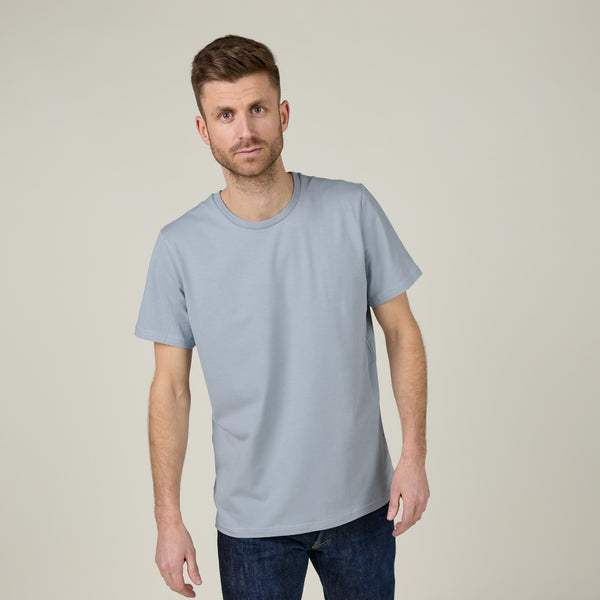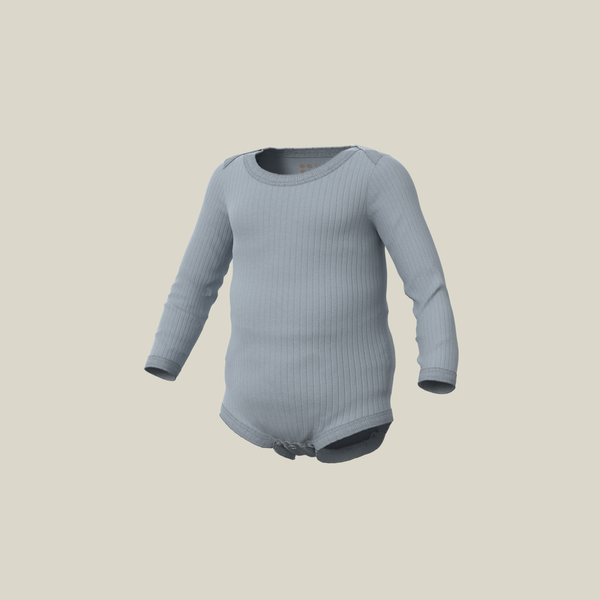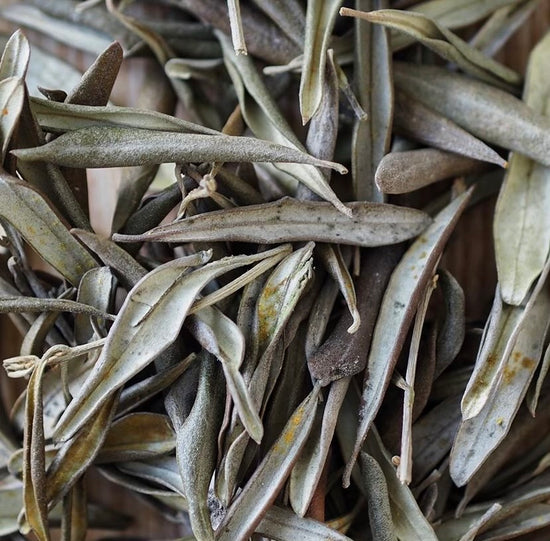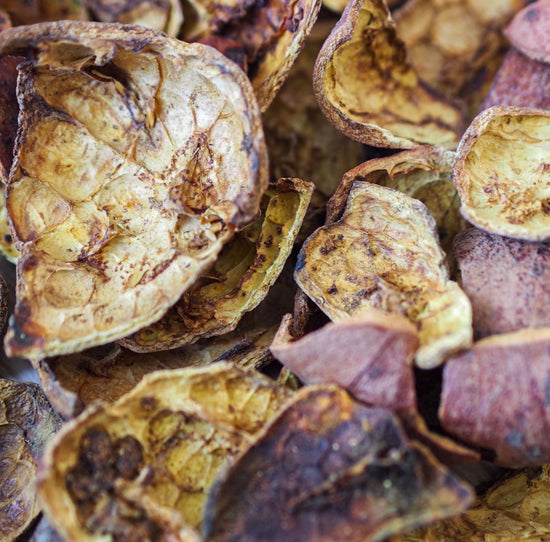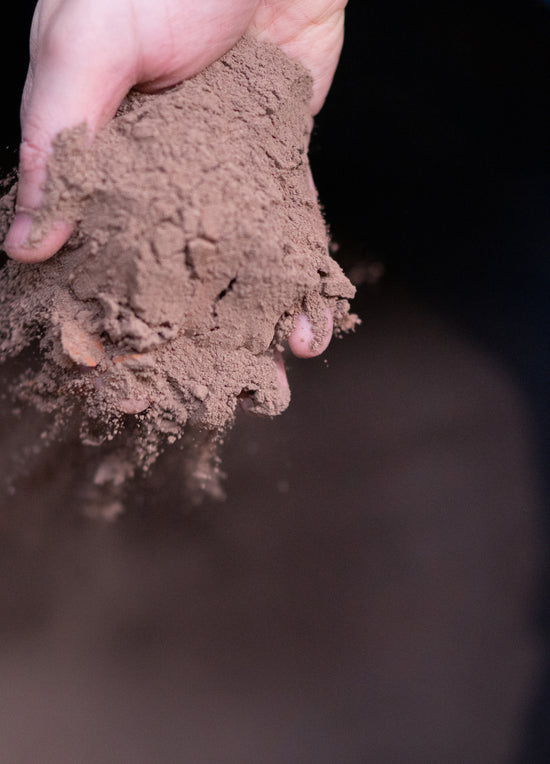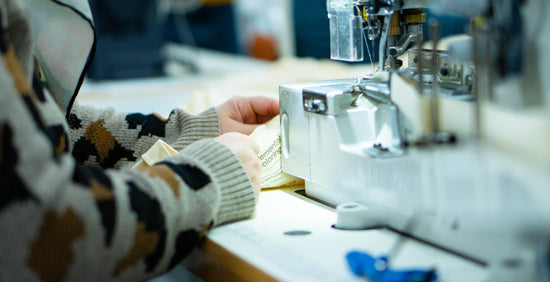Elemental Coloring
We are here to start a small revolution.
It is our ambition to rethink the way in which textiles are produced and sold in the industry.
With a focus on common sense, we will be the ones who drive the industry towards increased responsibility - all the way from the cotton farmer to the seamstress.
Across the earth and industries, we have a greater consumption than the earth can provide. The textile industry is no exception. This leads to detours, bad conditions and cheap solutions that have neither you nor the environment in mind. We want to change that.
Our products are basics . "Slow goods" which are free from trends, seasons or collections, but instead sewn on good craftsmanship, functionality and good materials.
Our basics are created on four basic principles, our elements, which apply in everything we do.
Natural colouring, ecology and low energy and water consumption. You can read more about that below.
We know it's ambitious, but we believe that real change has to start somewhere.
We think it might as well be with us.
Natural coloring
We take your and your loved ones' skin into account, while taking the environment into account.
As our name indicates, all our basics are colored by the elements. Well, by nature. We use plant-based dyeing, which spares the skin from unnecessary chemicals and other synthetic substances, which can damage the skin over time and affect the environment and waste water during everyday washing and in the production process.
We have spent many years developing our plant-based coloring technique, which consists of residual products from the food industry. These include olive leaves, lavender and pomegranate shells and the fruit around walnut shells. In the process, we also use a clay mineral which, in addition to making the color bind well to textiles, keeps the clothes soft wash after wash.
In addition, the plant-based dyeing is done without fabric softeners, salts and other synthetic chemicals. Things and things which are traditionally main ingredients in the conventional dyeing process.
Organic
To avoid unnecessary chemicals in clothing and production, all of our basics are made from 100% organic materials. We ensure that our cotton suppliers follow the international GOTS standard (Global Organic Textile Standard), so that our cotton fibers are grown without the use of pesticides or GMOs. In addition, the cotton farmers are guaranteed both fair wages and working conditions, just as they meet a number of requirements regarding how they maintain their local environment.
We have also obtained this certification in our own sewing room in Turkey, so that we live up to the most ambitious requirements in the industry.
Low water consumption
It is not only in terms of energy that dyeing with plant-based colors is more resource efficient.
Through this approach, we can save significantly on water consumption, as you don't have to use the same quantities to remove synthetic chemicals, fabric softeners, etc. from the fabric after dyeing.
With plant-based color, we use 12 liters of water per kg. fabric. This is a significant saving compared to conventional dyeing, where you use up to 64 liters of water per kg. fabric at the same dyehouse.
So, a water saving of more than 80%
Low energy consumption
In addition to the impact on our skin and the environment, the plant-based dyeing process also has a large effect on energy consumption in production.
Compared to conventional dyeing, we can actually halve our energy consumption, just as the required temperatures are also significantly lower than usual. This happens because the coloring takes place at significantly lower temperatures for a shorter time.
In absolute terms, we use 2,392 kcal. per kg. fabric we dye, where conventional dyeing uses 6,944.
That is 65% less energy consumption. It is energy efficiency that can be felt.

